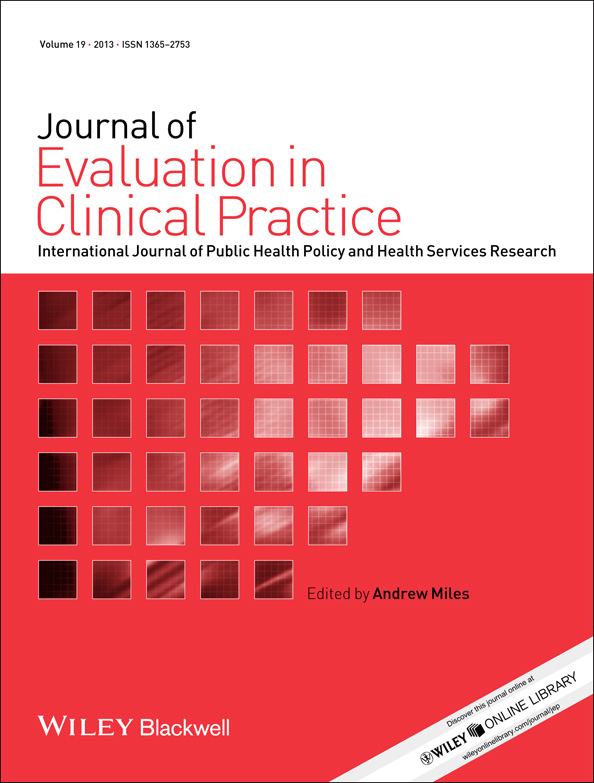Adapting low back pain guidelines within a multidisciplinary context: a process evaluation
Abstract
Rationale, aims and objectives The Alberta Ambassador Program (AAP) adapted seven clinical practice guidelines on low back pain (LBP) into a single guideline spanning the continuum of care from prevention and diagnosis through to treatment. The Ambassador adaptation process was evaluated to
- 1
Identify the major challenges encountered and successful strategies utilized;
- 2
Assess strengths and weaknesses by benchmarking it with the ADAPTE framework; and
- 3
Identify opportunities for improvement.
Method External consultants reviewed the Ambassador and ADAPTE materials and conducted semi-structured telephone interviews with 29 participants from the AAP committees. All participants were asked about the major challenges encountered and potential areas for improvement.
Results The response rate was 83% (29/35). There was strong consensus that the Ambassador guideline adaptation process was sound and rigorous all respondents indicated willingness to participate in further iterations of the Program. Key elements of success were identified. The main steps and sequence of the process were closely aligned with the ADAPTE framework, although the AAP incorporated additional enhancements which augmented the process. The main divergences between the two frameworks centred on the organizational structure and the methods used to overcome methodological difficulties.
Conclusion The AAP successfully utilized existing stakeholder interest to create an overarching guideline for managing LBP across multiple primary care disciplines. The study highlighted the strengths and weaknesses of the Program, and identified practical strategies for improvement. Evaluating guideline adaptation processes is pivotal to ensuring that they continue to be an efficient, rigorous and practicable option for producing contextualized, clinically relevant guidelines.




